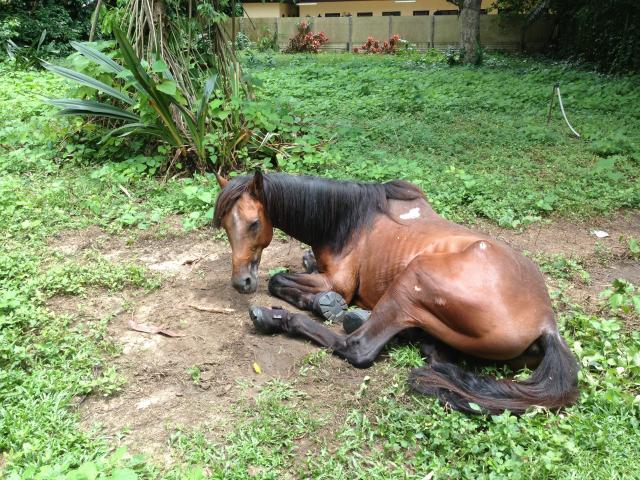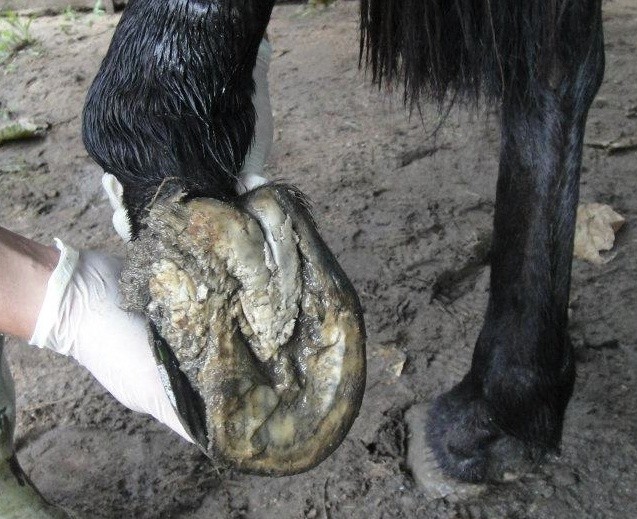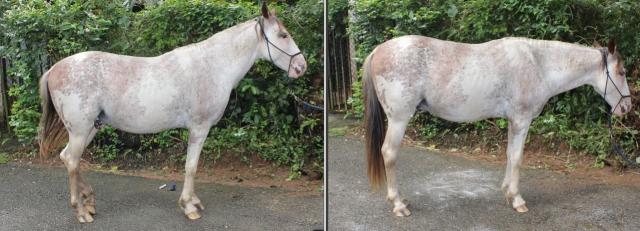Being involved in teaching others about hoof care, I have taught a wide variety of people in varied locations. Earlier this month I had the experience of a lifetime, traveling to Nigeria to help the horses and conduct a clinic for Nigerian farriers. My trip was sponsored by a wonderful woman who is working diligently to improve the quality of care for the horses there. She runs a rescue where she rehabilitates horses and teaches natural horsemanship. Her mission is to provide education on all aspects of horse health, management and training. She asked me to come to Nigeria to help a few of her most challenging horses with their hoof problems and provide education to others in the area.


Nigeria is an equator country, very tropical. Average temperatures are around 80-90 degrees Fahrenheit and it rains almost every day, especially in the summer. This leads to rampant moisture related foot problems: thrush, white line disease, and even canker.

In fact, it was a horse who had foundered due to chronic pervasive canker that prompted my trip:


While in Nigeria I worked with two groups of horses: horses cared for by my host through her rescue, and horses living and working at the polo club. You’ll see a stark contrast between the environments of the polo club and the rescue.
A photo of the polo club below:

And the rescue:

Farriers as we know them don’t exist in Nigeria, at least not in the region I visited. Hoof care is provided here by the horse’s grooms. Part of the groom’s role in caring for the horse is the health and maintenance of the foot. The grooms learn from each other with very little formal education. The horses are predominantly kept barefoot, and trimmed on a four week schedule. I was surprised to find that in general, most of the feet had good shape and symmetry. The trim being applied was fairly basic, trimming the wall to sole level, rounding wall edges, frogs trimmed and soles cupped out. For the horses with good feet, this served them fairly well.


However, any time the feet had significant imbalance or pathology, the standard trim applied fell short of addressing the problems, leaving these horses in limbo. This is where my host has become actively involved in providing education and assistance.

Most fascinating to the students there were the hoof models I brought. Many did not know there was a bone inside the hoof, rather they believed there was only flesh or tissue inside. We discussed anatomy in depth, worked on mapping the hoof and especially knowing when to modify the trim for different hoof situations.



Overall I feel my time there was very productive. The group was very eager for knowledge, and seemed appreciative of the time we spent together and information shared. It is clear to me that they care deeply for the horses, and want the best for them. Hopefully I’ve given them some tools, a new perspective, and have helped my host fulfill part of her mission. I’m looking forward to going back in the near future for part 2!

For more information on Daisy Haven Farm and our work, please see our website: www.DaisyHavenFarm.com .




